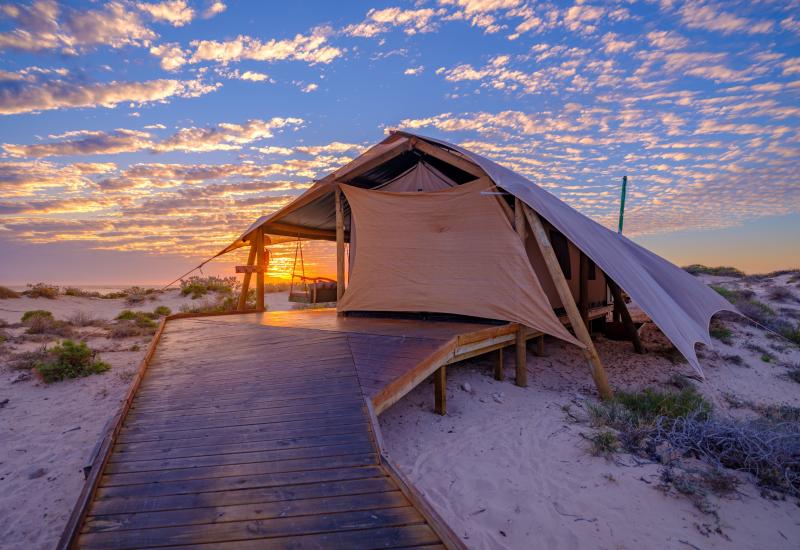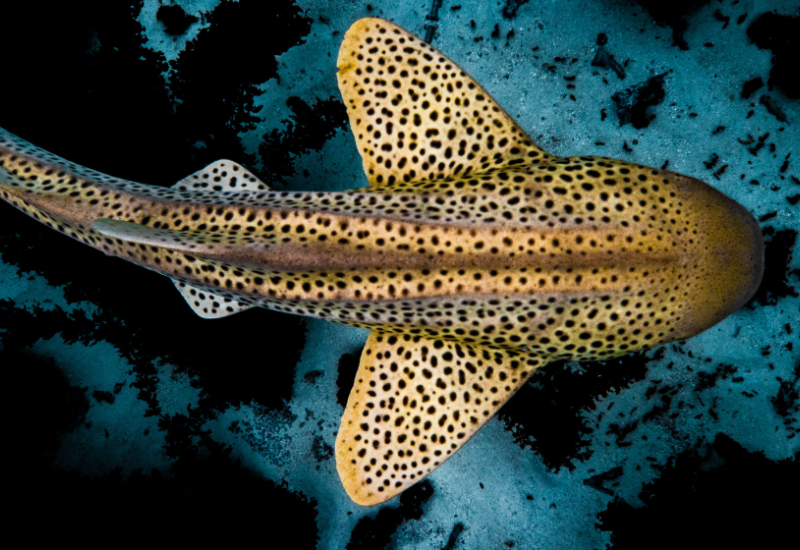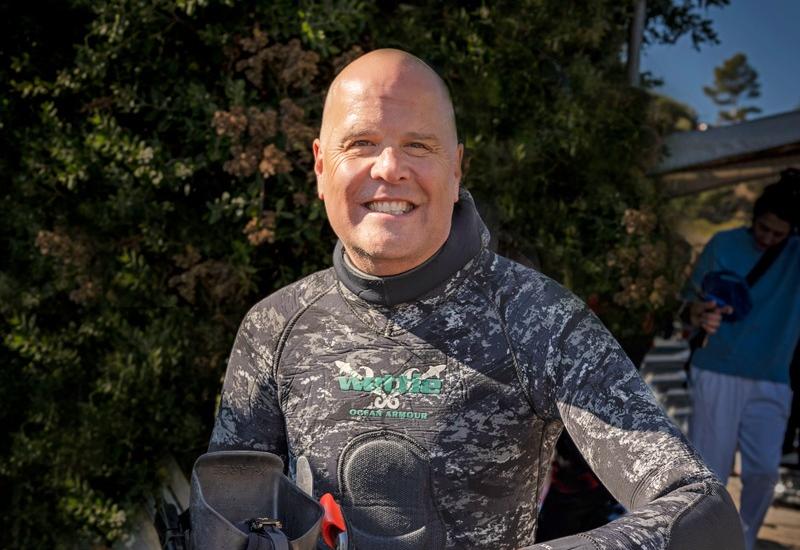The Best Destinations for Underwater Photography
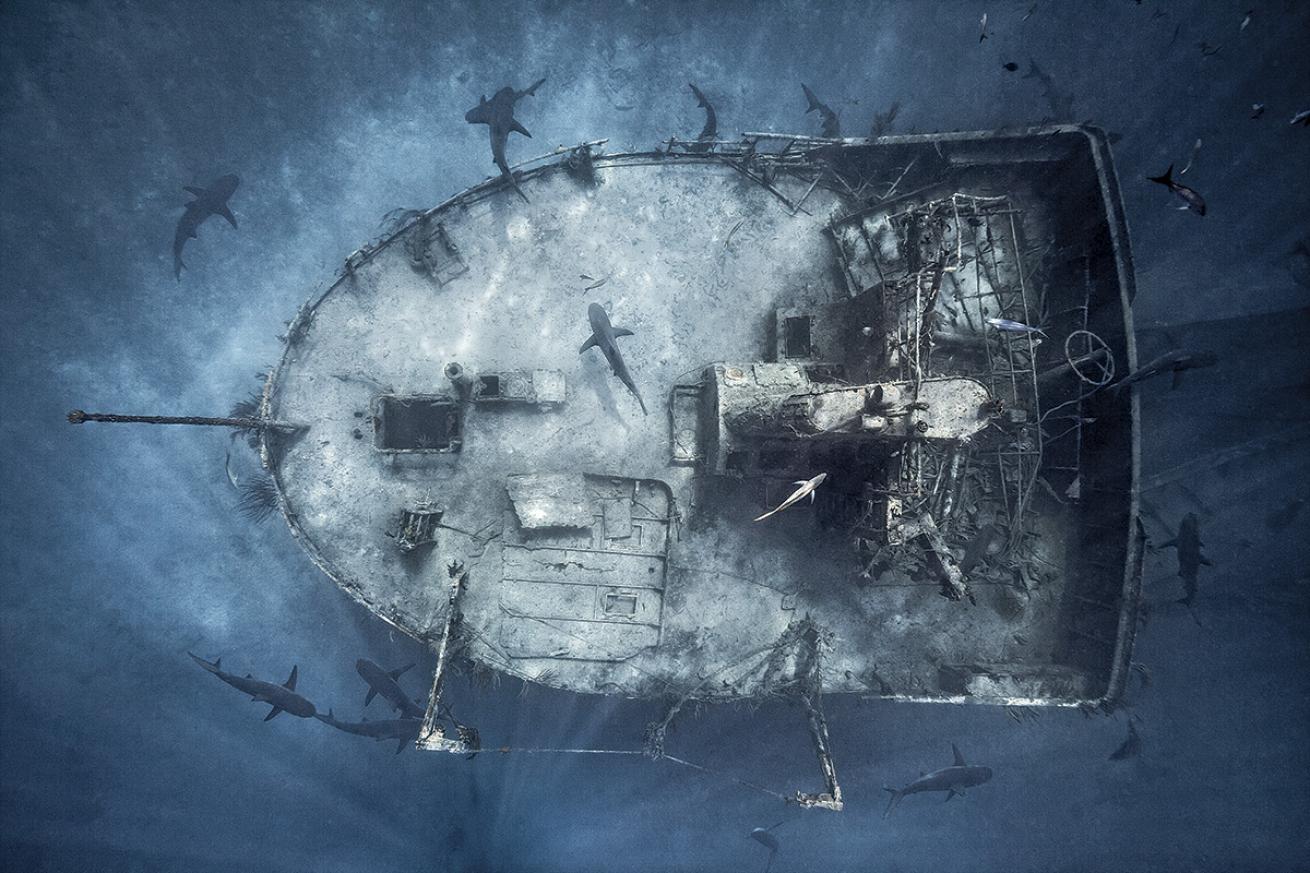
Marc HenauerSharks circle the Ray of Hope shipwreck off the coast of New Providence Island in the Bahamas.
Our readers picked the best spots to cram your memory card with shots of soft-coral-covered wrecks, charismatic big animals and otherworldly macro stunners. See the complete Readers Choice Awards here.
1. Truk Lagoon
The appeal of Truk Lagoon isn’t just that it’s wide-angle bliss for wreck aficionados—it’s also in the rusty, sometimes coral-encrusted details.
“Truk’s wrecks still have artifacts remaining that are photographable,” says Michael Gerken, captain of Odyssey, the Truk-based liveaboard run by Odyssey Adventures. “So many items remain—unlike many other wrecks, which are mostly stripped of their fineries.”
Look closely, and you can focus on beer bottles, sake bottles, artillery shells, submarine periscopes and a wealth of other wartime supplies. The objects add interest to any photo, sure, but they also draw divers deeper into the personal story of each sunken ship.
“There are so many wrecks, and they all have very different personalities,” he says. “I’ve been there so long, and my shot list seems to only grow longer—never shorter.”
Readers Picks
Liveaboards
Truk Odyssey
2. Bahamas
Astronaut Scott Kelly named the Bahamas “the most beautiful place from space,” thanks to its crisp, bright blues and turquoises, distinct enough to be seen from the International Space Station.
“The color of the water definitely stands out,” says Bahamas-based dive instructor Liz Parkinson. “The reefs here are super shallow, so there’s a lot of natural sunlight, which gives a lot of color to the corals.”
There is also the deep blue of the wall, just 2 miles from Stuart Cove’s Dive Bahamas.
“You get this incredible diversity of the deep water with its deep blue color and pelagic animals—and you have the shallow reefs and turquoise water,” Parkinson says. “You have extreme diversity, which a lot of places don’t have.”
Readers Picks
Operators
Stuart Cove’s Dive Bahamas
Liveaboards
Aqua Cat, Bahamas
Blackbeard’s Cruises, Bahamas
Bahamas Master
Bahamas Aggressor
3. Channel Islands, California
“I chose one place in particular—I chose my backyard,” says photography legend Ernie Brooks II of his long-favored shooting grounds, California’s Channel Islands. “I focus on the simple things.”
Fortunately for him, the simple things of these eight islands include an abundance of charismatic wildlife, including sea lions and harbor seals. One of his favorite images resulted from an hour-long encounter with a sea lion off Santa Barbara Island.
“She did a pirouette—she put her nose in the sand and she spun,” Brooks says.
Then the animal came down and nosed up, face to face with him.
“She stopped right in front of me and she looked at me. Then she started imitating us, blowing bubbles upward.
“It’s those special moments when you’re approached by an animal, and you read into their feelings,” he says. “They do have an awareness toward humans.”
4. Florida Keys, Florida
The Florida Keys deliver twofold when it comes to image-making.
One, the destination does not disappoint when it comes to wide-angle shooting.
“The pure abundance of biomass here is amazing—these islands have large schools of grunts and snapper,” says Allison Estape, an underwater photographer who calls Islamorada home.
One of her top spots to shoot is the Eagle wreck, which houses a resident grouper as well as spadefish and “all kinds of jacks.”
The other top reason to set your sights on the Keys is found in the summer: the silverside fish. A single silverside, 6 inches long, isn’t necessarily exciting—but luckily, they school by the hundreds, if not thousands. Light glints off each fish at different angles, creating a disco-ball effect that’s beauty in a still shot and positively beguiling when caught on video.
Readers Picks
Resorts
Amy Slate’s Amoray Dive Resort, Key Largo, Florida
Hawks Cay Resort and Marina, Duck Key, Florida
Looe Key Reef Resort, Ramrod Key, Florida
Operators
Rainbow Reef, Key Largo, Florida
Ocean Divers, Key Largo, Florida
Horizon Divers, Key Largo, Florida
Dive Key West, Key West, Florida
Key Dives, Islamorada, Florida
Quiescence, Key Largo, Florida
Florida Keys Dive Center, Islamorada
5. Revillagigedo Islands, Mexico
“Every day, it’s a given that you will see big animals,” says underwater photographer Joel Penner of Mexico’s Revillagigedo Islands, known as an outlier group of islands 250 miles from shore that acts as a beacon to passing pelagics.
The season for liveaboard dive boats to visit Socorro and the rest of the islands lasts just from November through June; during that window, giant manta rays, whitetip reef sharks and hammerheads are seen regularly—almost daily. Humpbacks’ migration aligns with the islands mid-January through the end of February. Hammerheads are sighted April through June, and whale sharks can be seen in June and November. In short, there is no bad time to visit.
Perhaps the biggest draw of the destination, however, is that no one dive is spent encountering just one species. “There were multiple times we would be shooting mantas when dolphins would come flying through,” Penner says. “That was pretty awesome.”
Readers Picks
Liveaboards
Nautilus Explorer, Mexico
Pelagic Fleet, Mexico
Rocio del Mar, Mexico
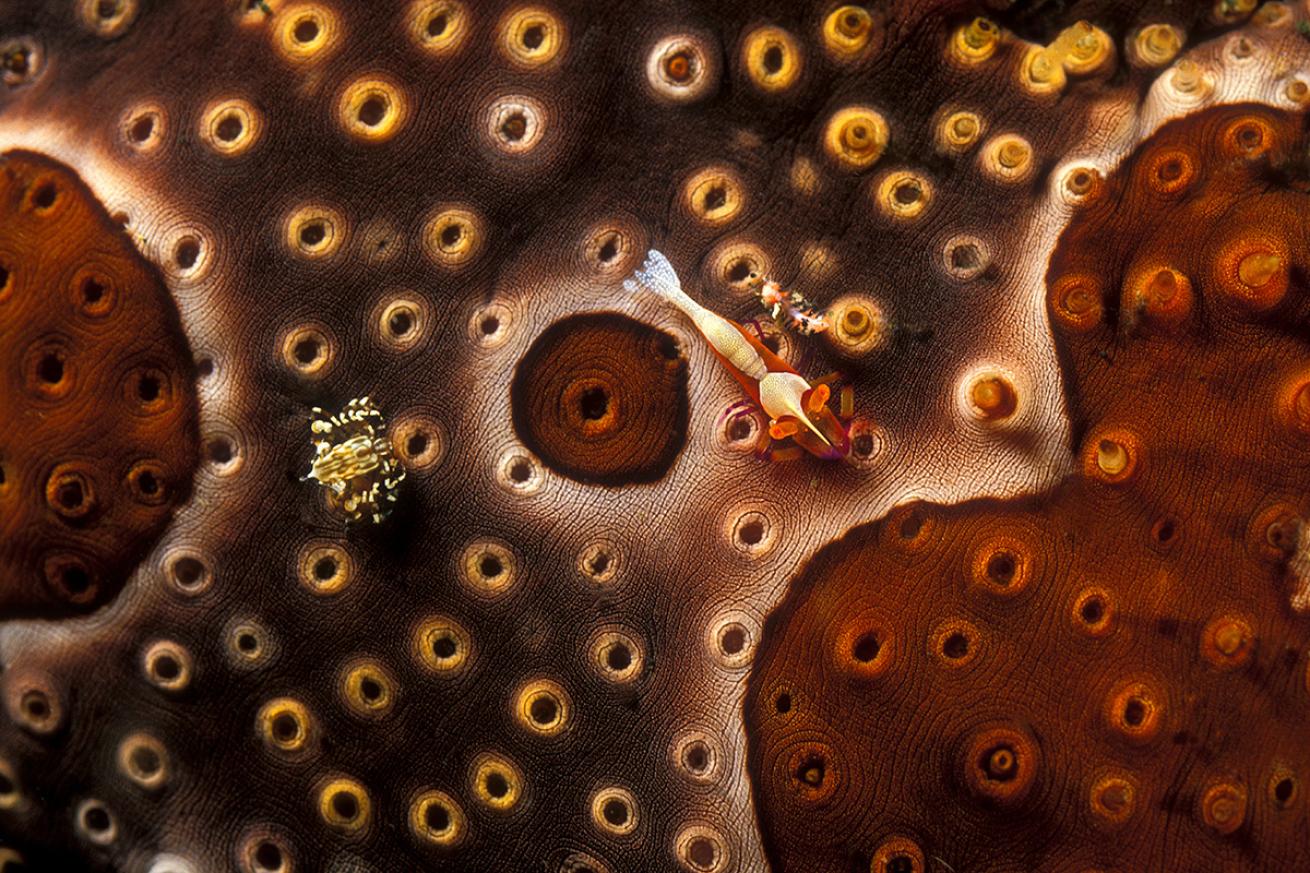
Takako UnoMacro critters in Lembeh Strait keep photographers busy.
6. Indonesia
Photographers can make the worst dive buddies.
Wakatobi Dive Resort, a private island south of Sulawesi, understands this—and that shooters trek to this country, one of the most biodiverse hotspots on the planet, to capture images of every critter possible.
This includes everything from robust, ornate and halimeda species of ghost pipefish to a recently discovered pygmy pipehorse, Kyonemichthys rumengani.
Indonesia won as the top Readers Choice pick in the Pacific for photography precisely because of its overwhelming variety of species. To give shot hounds the option to stay on the shallow house reef as long as possible to whittle down their lists, Wakatobi allows those with proper training to solo dive. To further ease the process, it offers a one-way boat taxi out to any starting point along the edge of the reef, so camera luggers need only swim one way in.
Indonesia also offers a selection of liveaboards that ranked highly with our readers, visiting sites spanning the entire archipelago.
Readers Picks
Resorts
Wakatobi Dive Resort, Southeast Sulawesi, Indonesia
Misool Eco Resort, Raja Ampat, Indonesia
Operators
Wakatobi Dive Resort Dive Center, Southeast Sulawesi, Indonesia
Liveaboards
The Arenui, Indonesia
Pelagian, Wakatobi, Indonesia
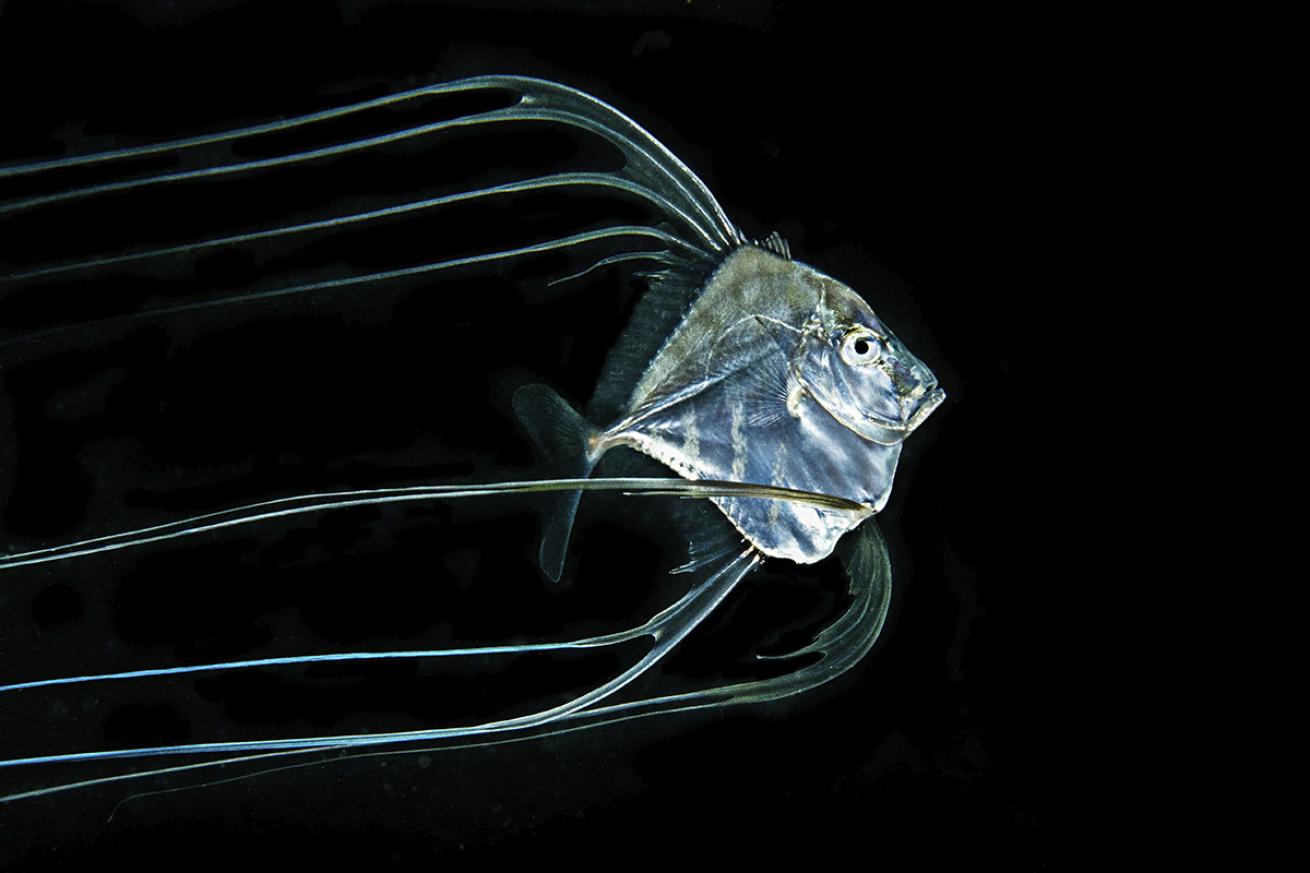
Simon LorenzA blackwater creature in Palau.
7. Palau
There’s the Palau you know—World War II wrecks, manta encounters and shark dives—and then there’s the Palau you might not know.
Sam’s Tours, based in Koror, the commercial center of Palau, escorts divers to a choice location 8 miles offshore where the bottom lies 3,280 feet below. There, the firm offers the experience of blackwater diving. What rises from the deep is straight out of the movie The Abyss. Clear-bodied, segmented pelagic creatures. Animals that reflect and even emit light. Deep-water crustaceans and cephalopods. Says Marc Bauman of Sam’s Tours, “The stuff we are seeing is from another world.”
Readers Picks
Resorts
Palau Pacific Resort
Operators
Sam’s Tours, Palau
Liveaboards
Palau Aggressor II/Rock Islands Aggressor
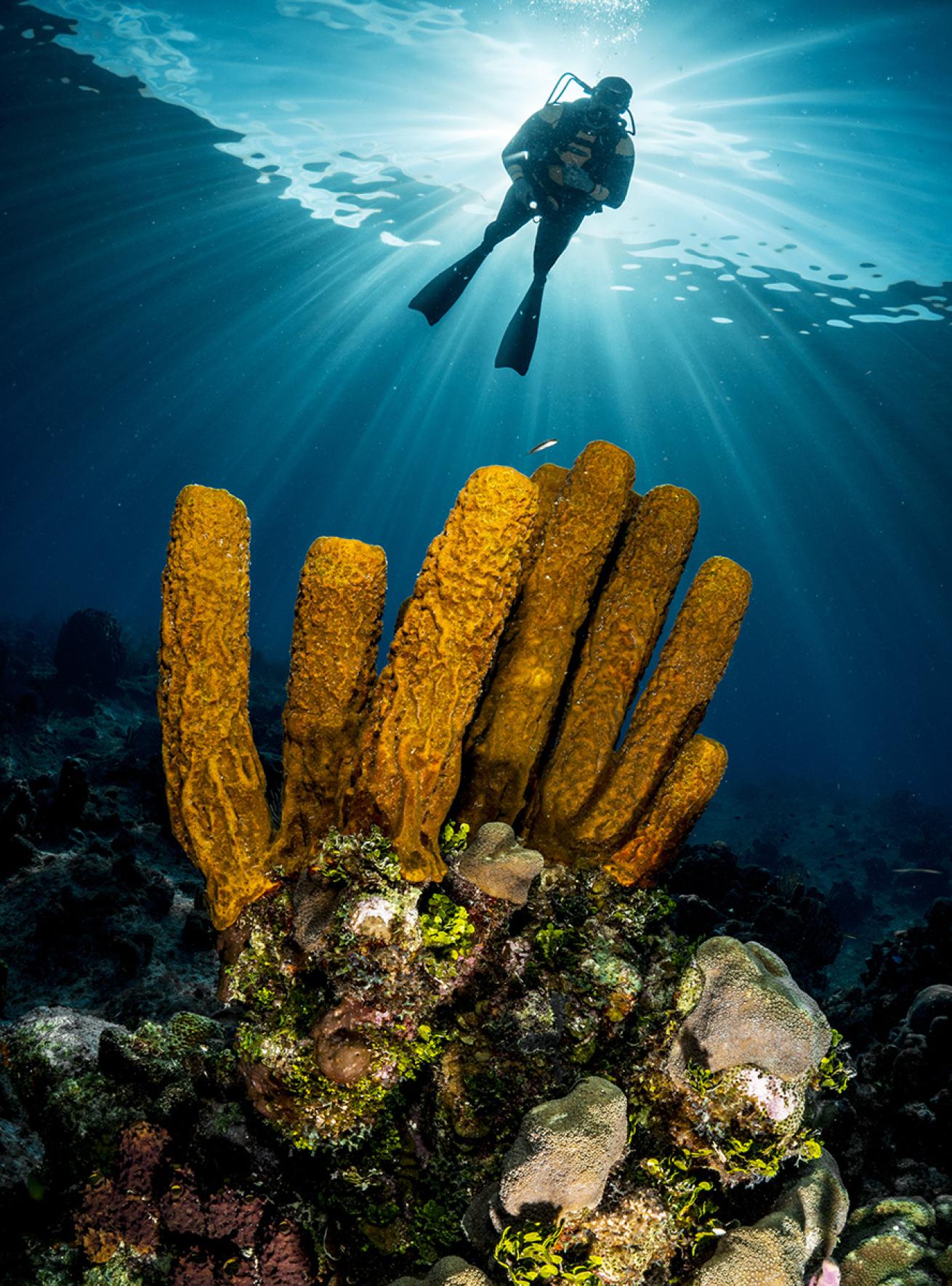
Simon MorleyPicturesque sponges in Grand Cayman.
8. Cayman Islands
When a photographer has just a weekend or weeklong vacation to devote to shooting, water conditions are crucial.
The water clarity of the Cayman Islands—with visibility upward of 100 feet on most days—means that wide-angle shots, with that inviting cobalt background, are always an option. Ambient light comes into play deeper than expected. And because the destination has 365 dive sites spread across all sides of three islands—Cayman Brac, Grand Cayman and Little Cayman—conditions allow for boat diving nearly every day.
So any hobbyists or professionals can make the most of their dive time, limited only by batteries and memory cards—never weather or sea conditions.
Readers Picks
Resorts
Little Cayman Beach Resort
Sunset House, Grand Cayman
Brac Reef Beach Resort, Cayman Brac
Operators
Ocean Frontiers, Grand Cayman
Reef Divers, Little Cayman
Liveaboards
Cayman Aggressor IV (replaced by Cayman Aggressor V)
9. British Columbia, Canada
Canada’s westernmost province merges the best of many divers’ wish lists, including sheer walls of wild color, big marine life and thousands of marine invertebrates. Divers seasoned enough to navigate the cold, green water will be rewarded with a wealth of odd photo subjects, from decorated warbonnet fish with their manes of fringing tassles, to the eerie, knobby-headed wolf eel. Moreover, the topography—with pinnacles, drop-offs and kelp fields—packs the drama to match.
Read Next: Complete Readers Choice Awards
The only catch: The currents are nothing to guess at. Dive with a guide until you learn the lay of the land, or, better still, throughout your entire trip to make the most of every minute.
Caribbean and Atlantic
- Cayman Islands
- Bahamas
- Belize
- Bonaire
- Bay Islands, Honduras
U.S. and Canada
- British Columbia, Canada
- Florida Keys
- Channel Islands, California
- North Carolina
- Great Lakes
Pacific
- Indonesia
- Truk Lagoon
- Palau
- Philippines
- Revillagigedo Islands, Mexico

